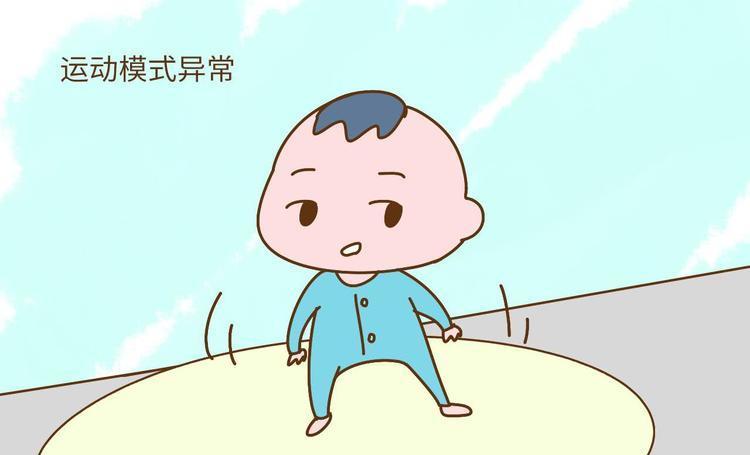Speaking of pediatric cerebral palsy, we are particularly familiar with it, its incidence in the mainland is very high, once suffering from this disease, it will seriously affect the development of children, while the harm to the whole family is also very large, the following to give you a detailed introduction to the harm of pediatric cerebral palsy.

1, movement disorders: cerebral palsy children's motor ability is lower than normal children of the same age, poor motor self-control ability, the degree of obstacle is only the hand, foot movements are slightly inflexible or clumsy, serious hands will not grasp things, feet will not walk, some will not even turn over, will not sit up, will not stand, will not normal chewing and swallowing.
2. Postural disorders: various posture abnormalities in the body of children with cerebral palsy, poor posture stability, awkward posture during movement or at rest, asymmetry on the left and right sides, some serious cases of the head can often not be in the vertical center position like normal children, but are accustomed to being biased to one side, or rocking left and right back and forth.
3. Intellectual disability: Among all children with cerebral palsy, there are about 1/4 of children with normal intelligence, about 1/2 of the children with mild and moderate intelligence, and about 1/4 of the places with severe mental deficiency.
4. Language disorders: most children with cerebral palsy may be accompanied by different degrees of language disorders, some of which are manifested as difficulty in language expression or difficulty in constructing language, some are manifested as unclear pronunciation or stuttering, and some are also manifested as aphasia, that is, they can understand the language of others, but they cannot speak, which is especially characterized by athetosis cerebral palsy in the hands.
5. Visual and hearing impairment: many children with cerebral palsy are accompanied by myopia or strabismus, of which intraclination is more common, and hearing loss is more common with athetotic cerebral palsy. Children with cerebral palsy often have difficulty discerning the rhythm of sound.
6. Growth and development disorders: Some children with mild cerebral palsy can grow and develop basically or close to normal, but most children with cerebral palsy are shorter than normal children of the same age, and their growth and development are lagging behind.
7. Dental development disorders: most of the teeth of children with cerebral palsy are stunted, the texture of the teeth is loose and easy to moth, and the incidence of various dental diseases is higher than that of normal children.
8. Oral and facial dysfunction: some children with cerebral palsy have obvious spasms or uncoordinated contractions in the facial muscles and tongue muscles. This can lead to difficulty chewing and swallowing, difficulty closing the mouth, and drooling.
9. Emotional and behavioral disorders: many children with cerebral palsy, especially the athetotic type of hands and feet, and the children's personality is more stubborn and willful, the emotional fluctuations are large, the good feelings are irritable, and some are even lonely and unsociable. Abnormal behavior is manifested as (1) compulsive behavior: forcing yourself to do a certain action. (2) Self-injurious behavior: hitting yourself or hitting the wall with your head. (3) Aggression beats others, but is rare.
10. Epilepsy: about 39% --- 50% of children with cerebral palsy induce epilepsy due to fixed lesions in the brain, and the incidence of epilepsy in children with severe mental retardation is particularly prominent.